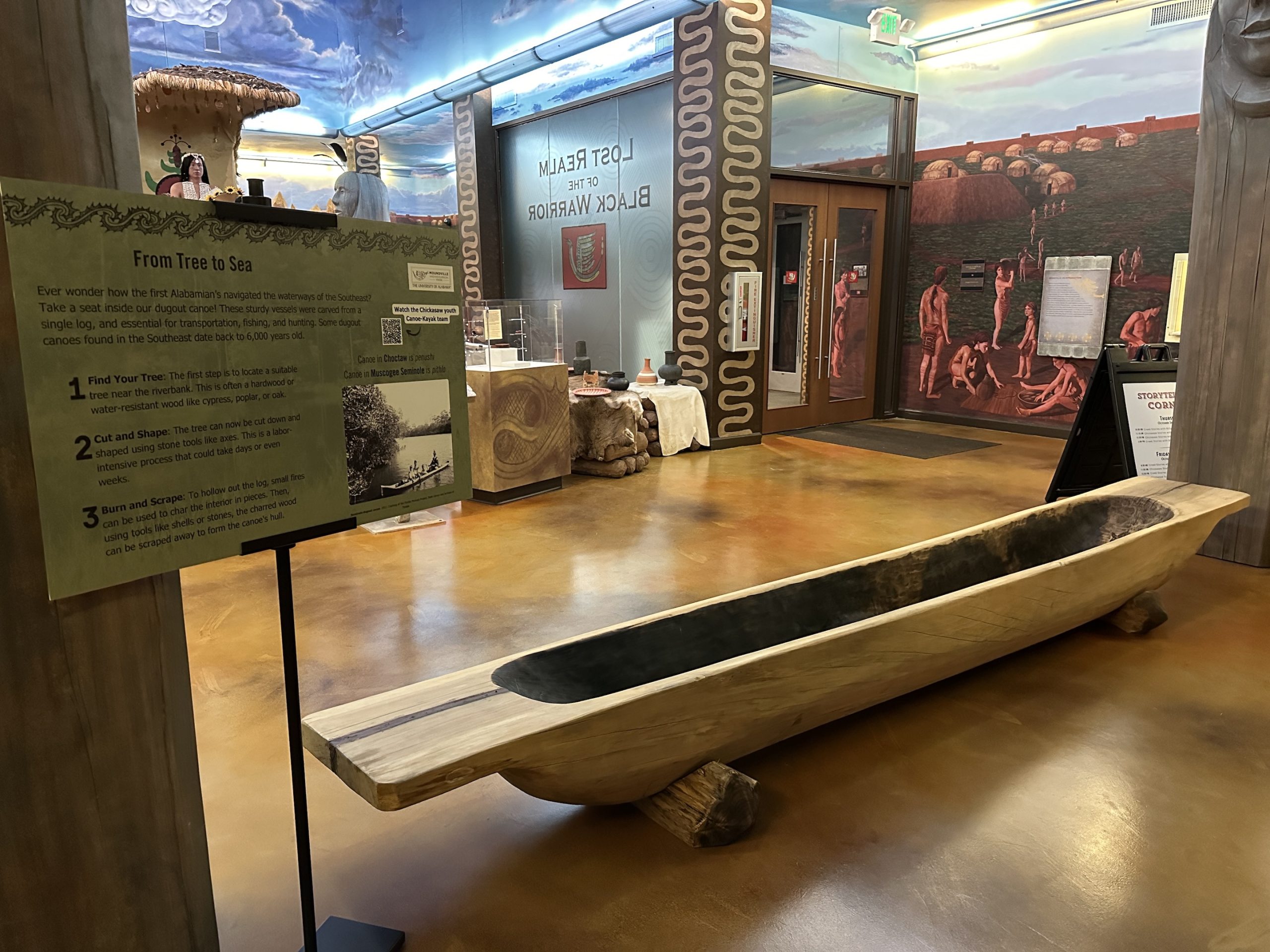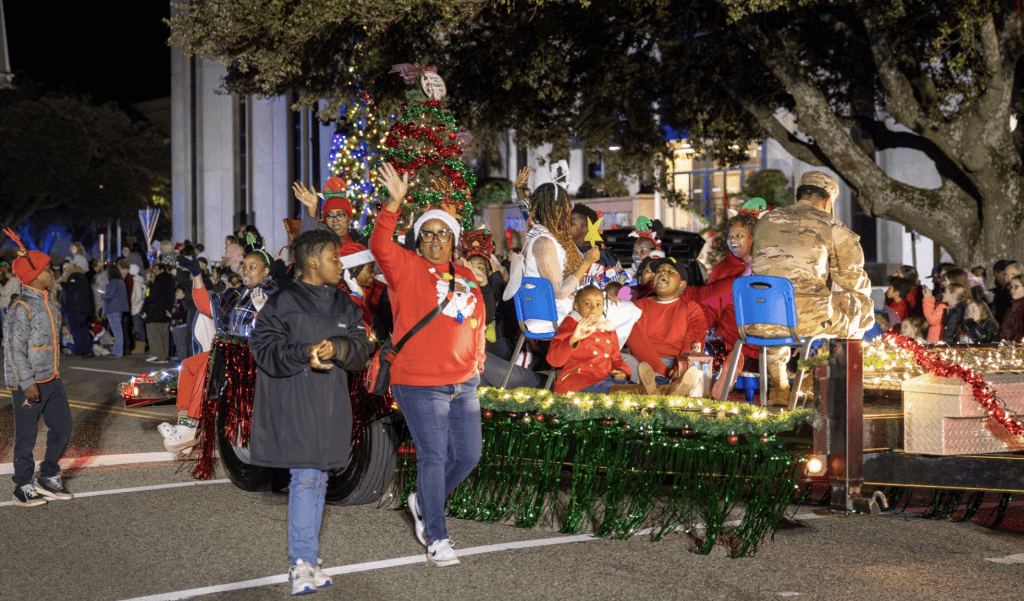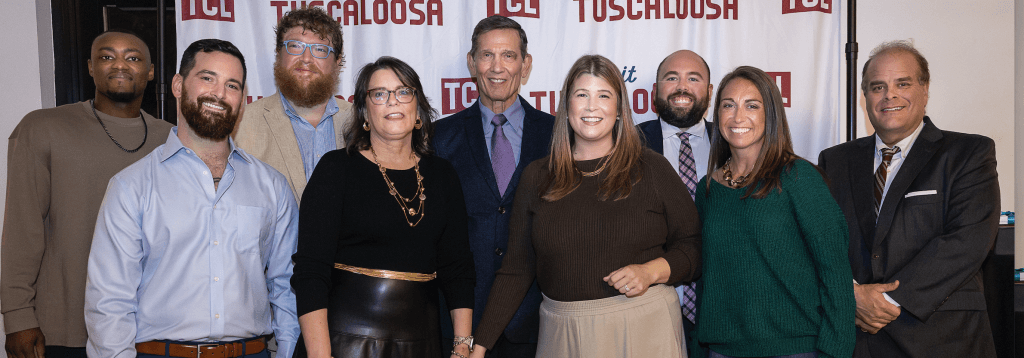Written By: Dr. Clay Nelson, Director of Moundville Archaeological Park
The History of Moundville
Moundville Archaeological Park is a national treasure and sacred place for multiple nations. It is not just a place to learn about the Native American past in Alabama. One common question we receive at Moundville is, “What happened to the people that lived here?” Outdated signage in the Jones Archaeological Museum states that we do not know who the Moundville people are connected to presently. However, since those signs were made, new research and archaeological thinking show Moundville was the home to ancestors of Muskogean-speaking peoples. This is a general term for any culture group that speaks a language in the Muskogee language family. These include languages like: Muscogee (Creek), Seminole, Chickasaw, Choctaw, Alabama, Coushatta, and many others.
In the 1300s, Moundville was home to the largest settlement north of Mexico. Population estimates range from 1,200 to 2,000 people living on about 200 acres in the site proper. The population estimates for the Black Warrior River Valley, where Moundville’s influence spanned, are about 10,000 people. Even when people moved away from the site, they still came back to Moundville to honor and inter their ancestors. This tradition continued until site-use discontinued in the 1500s. However, the people did not disappear. Their allegiances, priorities, and ideals may have shifted, but the people who once called Moundville home would never fully disappear from the earth.
After European contact in the 1500s and 1600s, Native American cultures underwent vast economic and social changes. These were often spurred by outside influences such as slave raids, introductions of new diseases, and forced integration into European economies. These forced changes culminated in the removal of most American Indians from Alabama in 1832 under the Indian Removal Act.
Where They Are Today
Their stories do not end there. Many sovereign Tribal Nations still exist today and are thriving. In Alabama we have a number of state-recognized tribes. We also have the Poarch Creek Indians, the only federally recognized tribe in Alabama. In Mississippi, Louisiana, Texas, and Oklahoma are thousands of people who can trace some form of ancestry back to Moundville, Alabama.
Native American Heritage Month
November is Native American Heritage Month. This is the perfect time to learn about the diverse histories that make up this beautiful land. It is a month set aside to focus on Native American history, Native American contributions to this country, the injustices done to Native American communities, and their continued perseverance and modern thriving nations. At Moundville we now work with many of these nations to ensure their story is told. Currently, we have an exhibit on display about the Black Warrior River and the natural resources it provided to inhabitants 800 years ago. Next year, with support from the Collaborative Arts and Research Initiative at the University of Alabama, there will be the exhibit Learning from the Ancestors. This is an exhibit exploring Moundville influences on Modern Native American art. You can find more programs and visitation information at our website.
Further Education
In addition to visiting the park, I encourage everyone to read and learn more about the many Tribal Nations that call Alabama their homeland. One of the best forms of education is visiting their cultural centers and festivals. Ask questions and know that their history is our history, and their future is our future.








